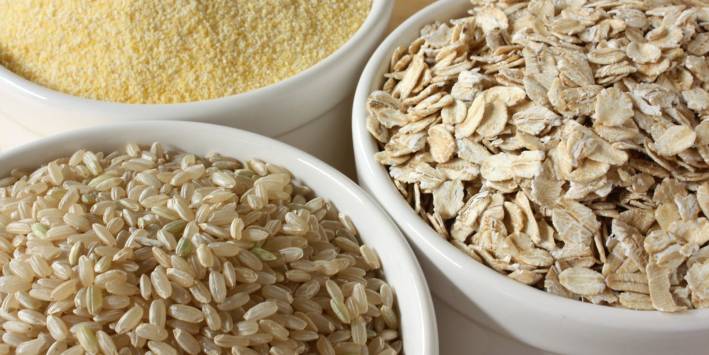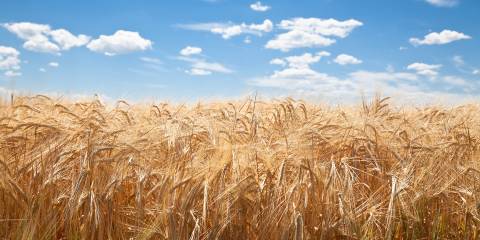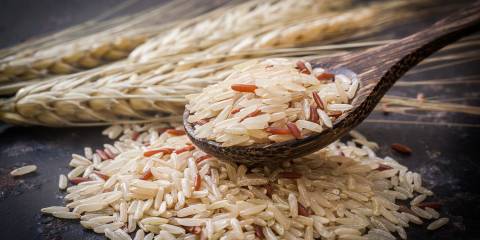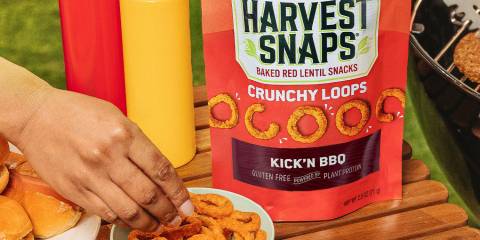There are several gluten-free alternatives to try.
Gluten-Free Grains
-
Brown Rice
Rich in fiber and B vitamins, brown rice is a healthy substitute for white rice.
It has a chewier texture, making it great for soups and cold salads.
-
Buckwheat
Its name may be confusing, since buckwheat is not related to wheat at all. It is a flowering plant that is nutritionally similar to grains.
It’s a good source of minerals, protein, and some vitamins.
-
Cornmeal
Made from coarsely ground corn where the nutrient-packed germ is left behind.
Look for white, yellow, and blue varieties.
-
Millet
A nutritious choice that contains protein, phosphorus, and potassium.
It can taste a little bitter, so combine it with strong-flavored ingredients.
Toast it before cooking to deepen its flavor.
-
Oats (Steel-Cut)
These are made by using steel blades to cut whole groats into bits.
Be sure to purchase gluten-free oats that have not been contaminated by gluten during processing.
-
Popcorn
This popular snack food is in fact a whole grain.
One cup (without oil or butter) has just 31 calories and 1 gram of protein and fiber.
-
Quinoa
A quick-cooking grain from the Andes, quinoa is actually a seed.
It has all nine essential amino acids and is a great source of complete protein.
Choose brands that contain high fiber amounts; this means that minimal bran has been rubbed off during the manufacturing process.
-
Teff
From Africa, this tiny cereal grain is rich in calcium, iron, protein, and potassium.
With a sweet and nutty flavor, it makes a great hot cereal.
-
Wild Rice
This is another misnomer, as it’s neither a rice nor a grain but is, in fact, an aquatic grass.
Since it has such an impressive array of nutrients, it’s considered a whole grain.
With more protein than brown rice, as well as good amounts of lysine and fiber, wild rice comes in instant, quick-cooking, and fully cooked varieties.





